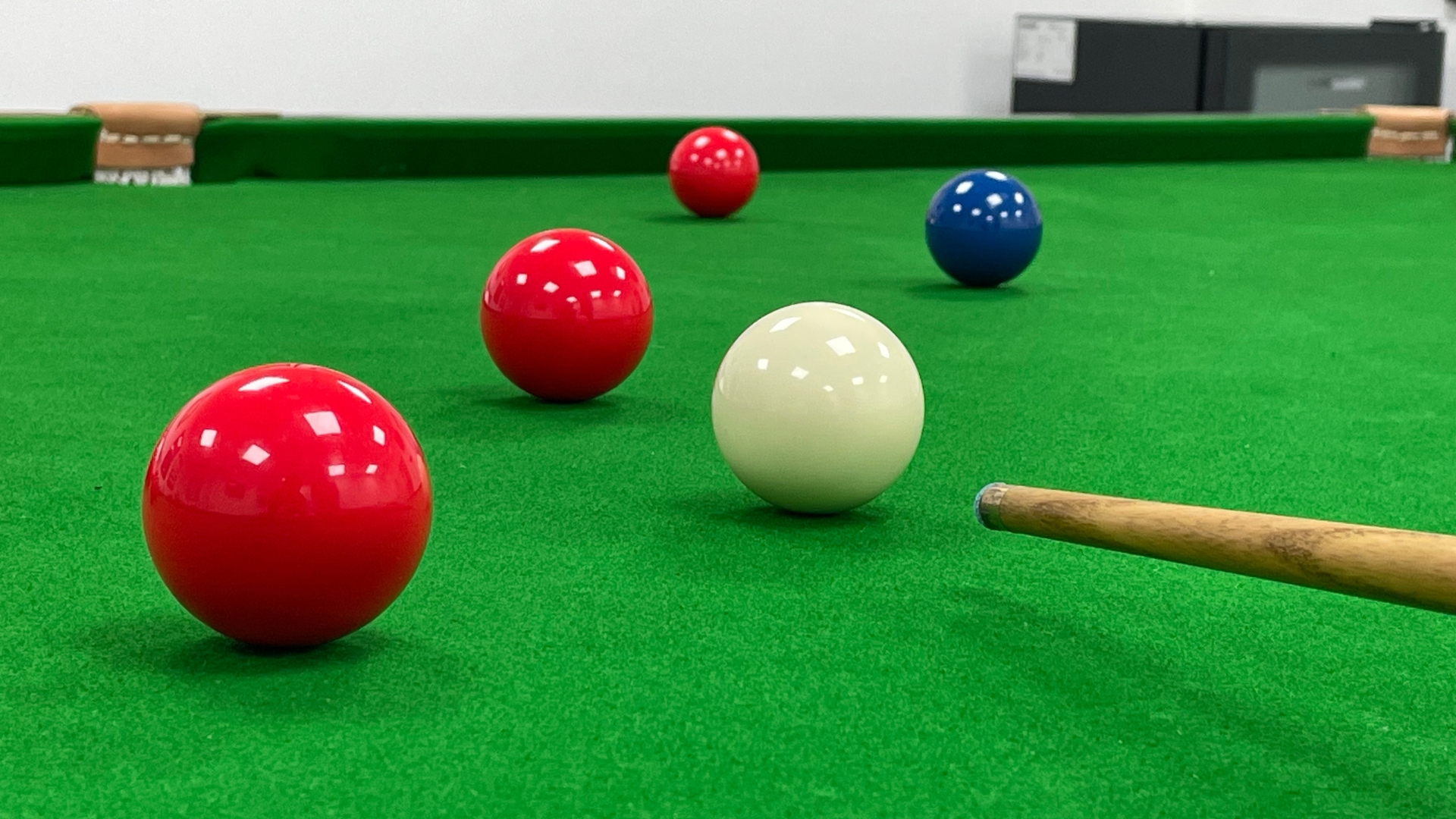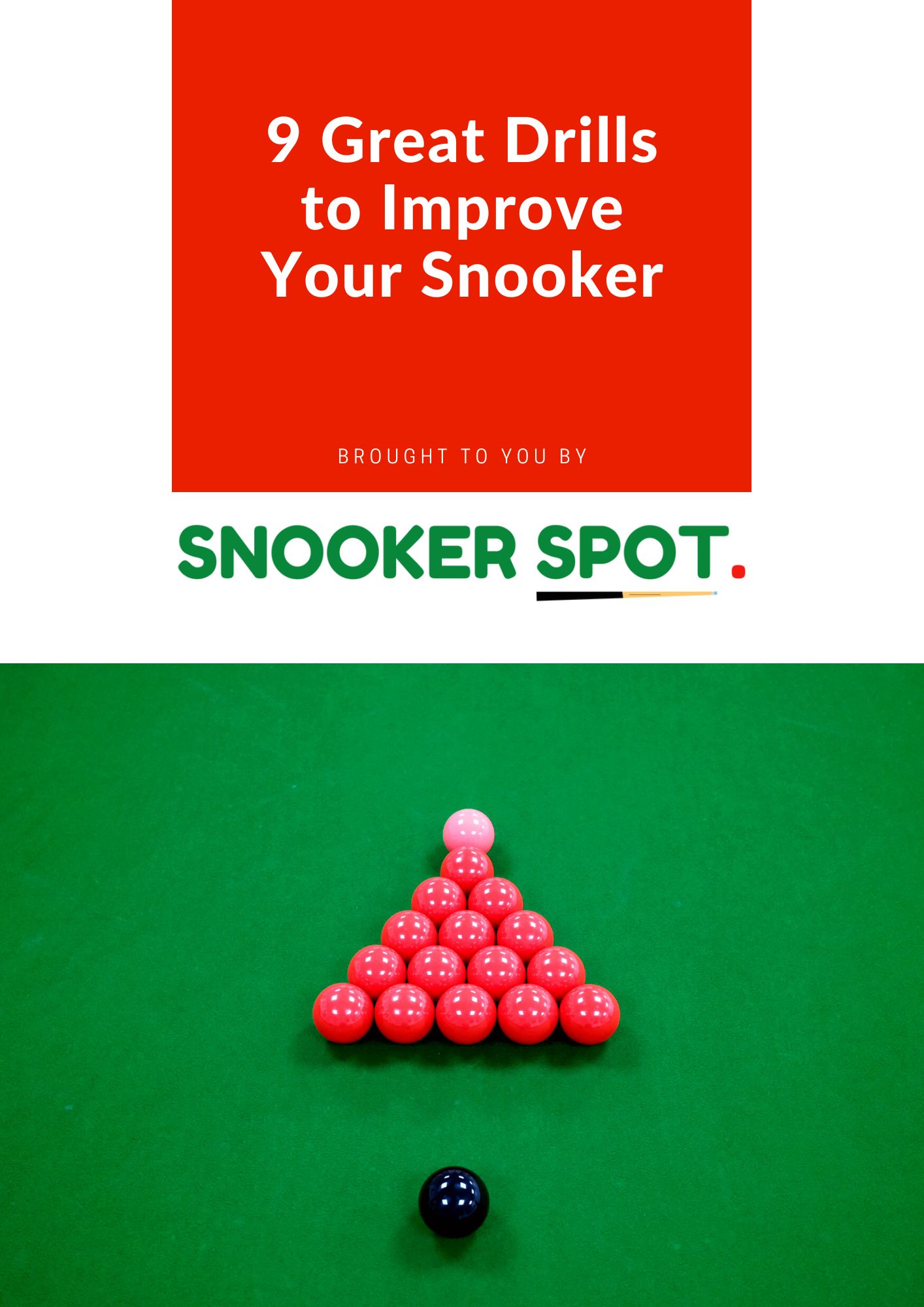
The T-angle, otherwise known as the tangent angle, is the angle that the cue ball will take when it hits the object ball. The snooker tangent line is an essential element within a snooker player’s locker.
More often than not, the cue ball will travel 90 degrees off the object ball, unless there are certain factors.
The cue ball will always travel at 90 degrees when you play a shot using the tangent angle. It will carry on travelling on that trajectory unless, or until, there is an acting force. Acting force can be top spin, or a screw.
What to consider
When you are trying this shot, it is important to consider where the cue ball could end up. Try and picture on the table where the ball would end up with the added top spin or screw.
As ever in snooker, the next shot is almost as important as the shot you are playing. You need to ensure you keep control of the match.
If you put too much on the ball
How you hit the cue ball will dictate what happens with it after it hits the ball you’re wanting to hit. If you were to put too much screw onto it, then it would create friction between the ball and the cloth. As the friction reacts, it would pull the ball in an arc-style shape.
You need to be wary of your position with this shot, as the spin could easily take the cue ball towards the pocket, and that is a surefire way to hand control over to your opponent.
Whereas if you were to hit the ball with too much top spin, it would hit the t-angle, bounce off the cushion and spin back, potentially into the pocket.
Looking for more advice? Check out our post on snooker drills to improve your short range positional play.
Snooker Jim
Gone from a 6ft table in my dad's garage as a kid to a 9ft table at the office, with the full-size snooker club visits in between. Hoping one day to get the playing technique right.
Start perfecting your game today with this FREE drills guide.
